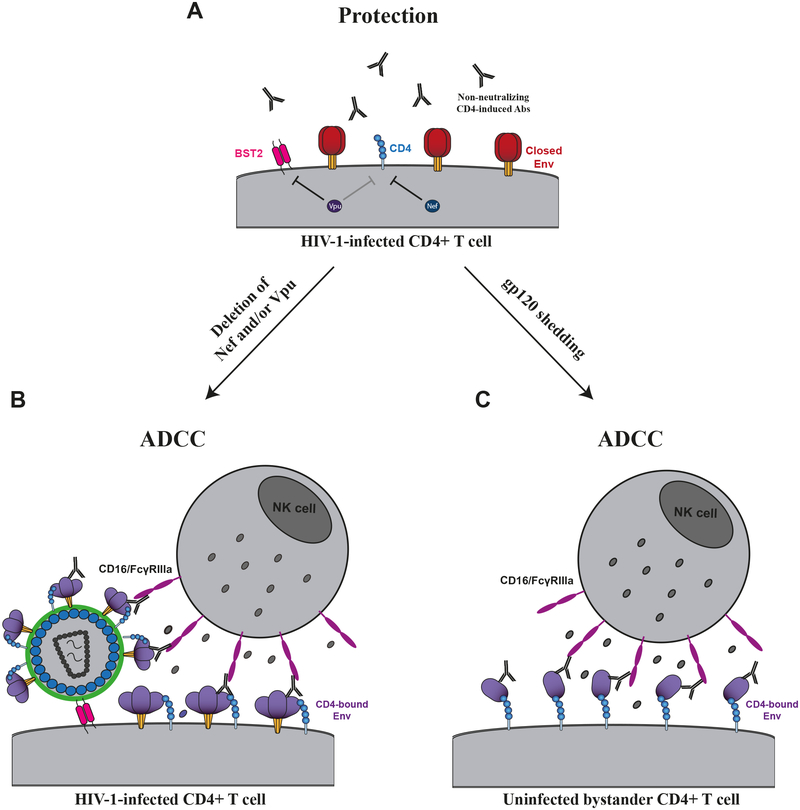Figure 1. HIV-1-infected cells are protected from ADCC responses.
To avoid exposing vulnerable CD4-induced epitopes, HIV-1 controls the level of cell surface CD4 through the action of Nef and Vpu and limits Env accumulation through Vpu-mediated BST-2/Tethering downmodulation (A). In the absence of Nef and/or Vpu, Env and CD4 can interact at the cell surface, thus sensitizing infected cells to ADCC mediated by CD4i Abs (B). An intrinsic property of HIV-1 Env is that its gp120 subunits sheds. This is due to the noncovalent association between gp41 and gp120. Shed gp120 interacts with the CD4 receptor present at the surface of uninfected bystander cells, thus resulting in the exposure of vulnerable epitopes leading to the sensitization of these cells to ADCC responses mediated by CD4i Abs (C).

